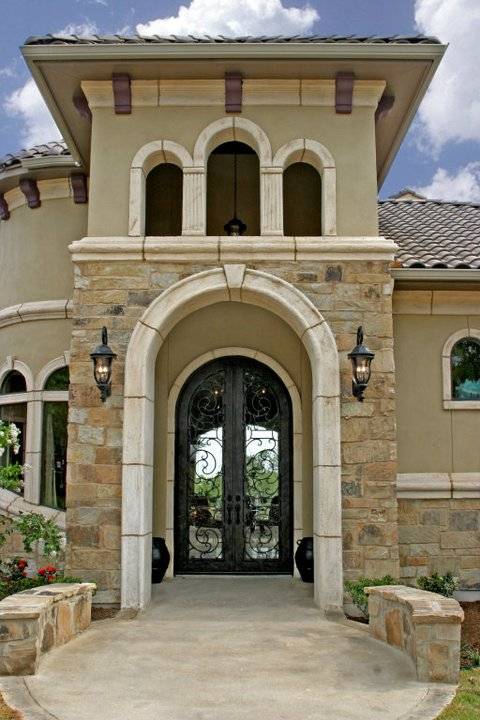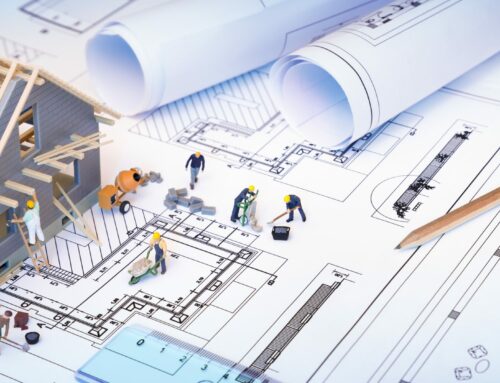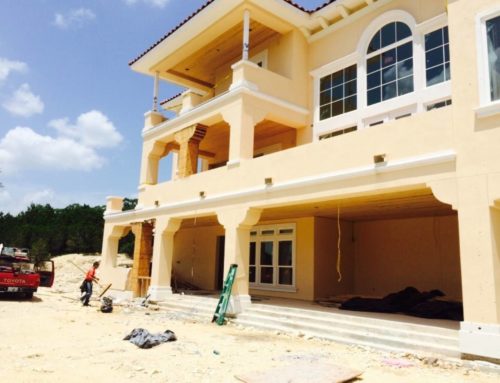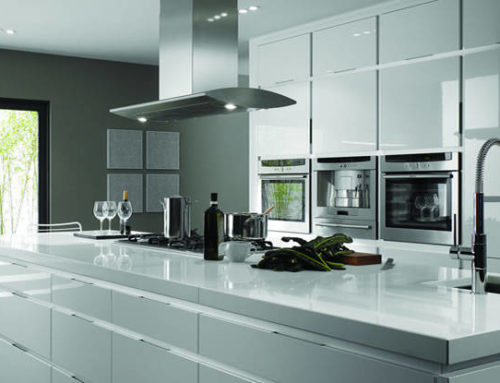Green Building is a term that we hear more and more frequently lately, but for a home buyer, what does green building mean? Although just about everyone claims their product is “green”; increasing energy efficiency, or not, is a more important question.
In the home, things like CFL or LED light bulbs can translate into savings of about $50 a year, and energy star appliances can save you hundreds of dollars over their life; but in a typical home, appliances and lighting are far from the biggest consumers of energy. In the typical home, space heating and cooling account for over 50% of the energy consumed. As a result, reducing the work the heating or cooling system has to perform is an effective way to make your home more energy efficient.
Heat transfer is the underlying building science principle that must be considered in an energy efficient home. Whether you live in a heating or cooling dominated climate, controlling heat transfer is vital. Heat transfers occurs in three forms: Conduction, Convection, and Radiation. So whether your primary concern is the heat lost in the winter or the heat gained in the summer, building your home with all three methods in mind is important.
Conduction occurs when one side of a material is heated and heat transfers to the other side of the material, or to another material to which it is in contact. Insulation in all its many forms resists heat transfer by conduction and has “R” values indicating how resistive each type is. Insulation is important, but often concern for heat transfer in a home stops here, leaving convection and radiation unaddressed.
Heat carried through the air is transferring via convection. Convection is illustrated by a radiator, as the air around a radiator’s fins heats, it rises and pulls cool air up, creating a convective current. In a home, heat that is lost or gained via convection from leaky windows or other gaps in the building envelope have a dramatic effect on efficiency. Controlling the air movement in and out of a home can be achieved with the use of high quality windows, doors, and a continuous air barrier.
Radiation is heat transmitted through space, which transfers to an object upon contact. This is how the sun heats the earth and the sun is the primary cause of this type of heat transfer. As a result, addressing this type of heat transfer is most important in hot climates, and is effectively done with a foil or reflective coating under the roof.
To maximize the efficiency of your heating and cooling equipment and to minimize your long term energy expenses, minimizing the effect of heat transfer in all three of its forms should be addressed in the home.
Article originally published here.









